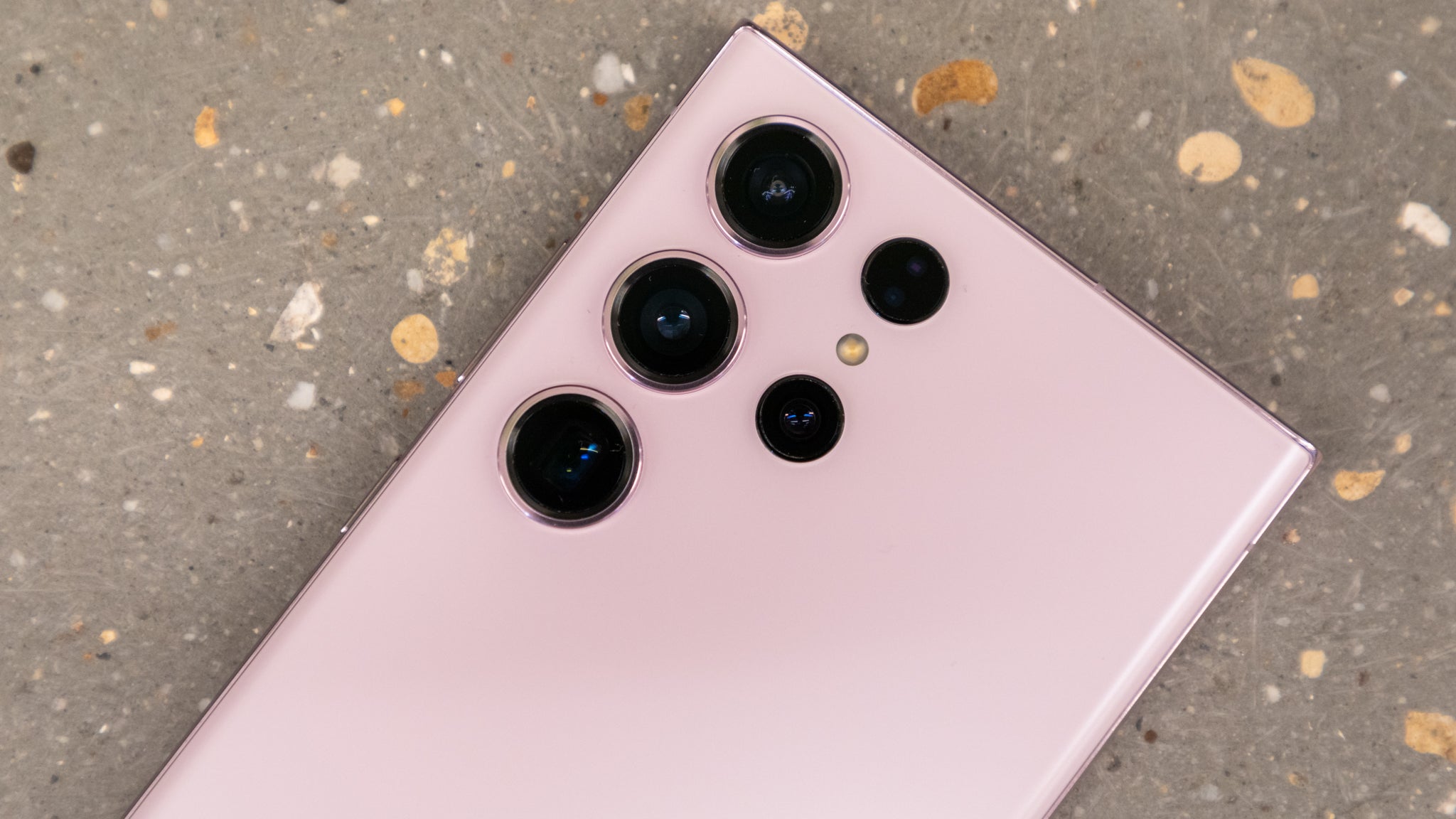In the competitive landscape of smartphone technology, one of the most significant battlegrounds is undoubtedly the camera department. As users increasingly rely on their smartphones to capture and share moments, the quest for the best smartphone camera has become a top priority for manufacturers. Let’s explore some of the leading contenders in the realm of smartphone photography, each pushing the boundaries of image quality and innovation.
Apple’s iPhone Cameras:
The iPhone lineup has consistently set the bar high when it comes to smartphone cameras. Apple’s commitment to refining its camera technology is evident in the latest models, such as the iPhone 15 Pro and iPhone 15 Pro Max. Equipped with a triple-camera system, including a larger sensor for better low-light performance, the iPhone cameras deliver crisp and vibrant photos. The Pro models also feature a LiDAR scanner, enhancing the speed and accuracy of autofocus, particularly in low-light conditions. The introduction of ProRAW and ProRes video recording further caters to the needs of photography enthusiasts and professionals.
Samsung Galaxy Cameras:
Samsung’s Galaxy series has become synonymous with cutting-edge smartphone camera technology. The Galaxy S24 Ultra, in particular, stands out with its impressive quad-camera setup, including a 108MP sensor. This device employs a periscope-style telephoto lens, offering up to 100x zoom capabilities. The combination of high megapixel count, versatile lenses, and advanced software processing results in stunning photos with excellent dynamic range and detail. Samsung’s commitment to innovation is showcased through features like Single Take, which captures a variety of media with a single press of the shutter button.
Google Pixel Cameras:
Google’s Pixel smartphones have consistently earned acclaim for their exceptional camera capabilities. The Pixel 6 Pro, for example, boasts a dual-camera system that excels in computational photography. Google’s software prowess, highlighted by features like Night Sight and Super Res Zoom, enables the Pixel camera to capture impressive images in challenging lighting conditions. The introduction of the Tensor Processing Unit (TPU) in the Pixel 6 Pro further enhances AI capabilities, allowing for more advanced and accurate photo processing.
OnePlus Cameras:
OnePlus, known for delivering flagship-level features at a more affordable price point, has made significant strides in the camera department. The OnePlus 9 Pro features a Hasselblad-branded quad-camera system, which includes a 48MP main sensor co-engineered with Hasselblad for color accuracy. This collaboration aims to provide a more natural and true-to-life color reproduction. The OnePlus cameras deliver vibrant and detailed images, and the focus on user experience extends to features like Nightscape and UltraShot HDR.
Xiaomi Mi Cameras:
Xiaomi has gained recognition for offering feature-packed smartphones at competitive prices, and their Mi series cameras are no exception. The Mi 11 Ultra, with its massive 50MP primary sensor, elevates smartphone photography to new heights. The device also integrates a secondary display on the camera module, allowing users to take high-quality selfies using the main camera. Xiaomi’s commitment to innovation is evident in the Mi Mix Fold, which features Liquid Lens technology for more rapid and precise autofocus.
In conclusion, the best smartphone cameras are a subjective matter, with user preferences playing a crucial role. Each brand mentioned here excels in certain aspects, be it computational photography, low-light performance, or zoom capabilities. As the smartphone market continues to evolve, manufacturers are likely to push the boundaries of camera technology, delivering even more impressive imaging capabilities to cater to the diverse needs of users worldwide.

